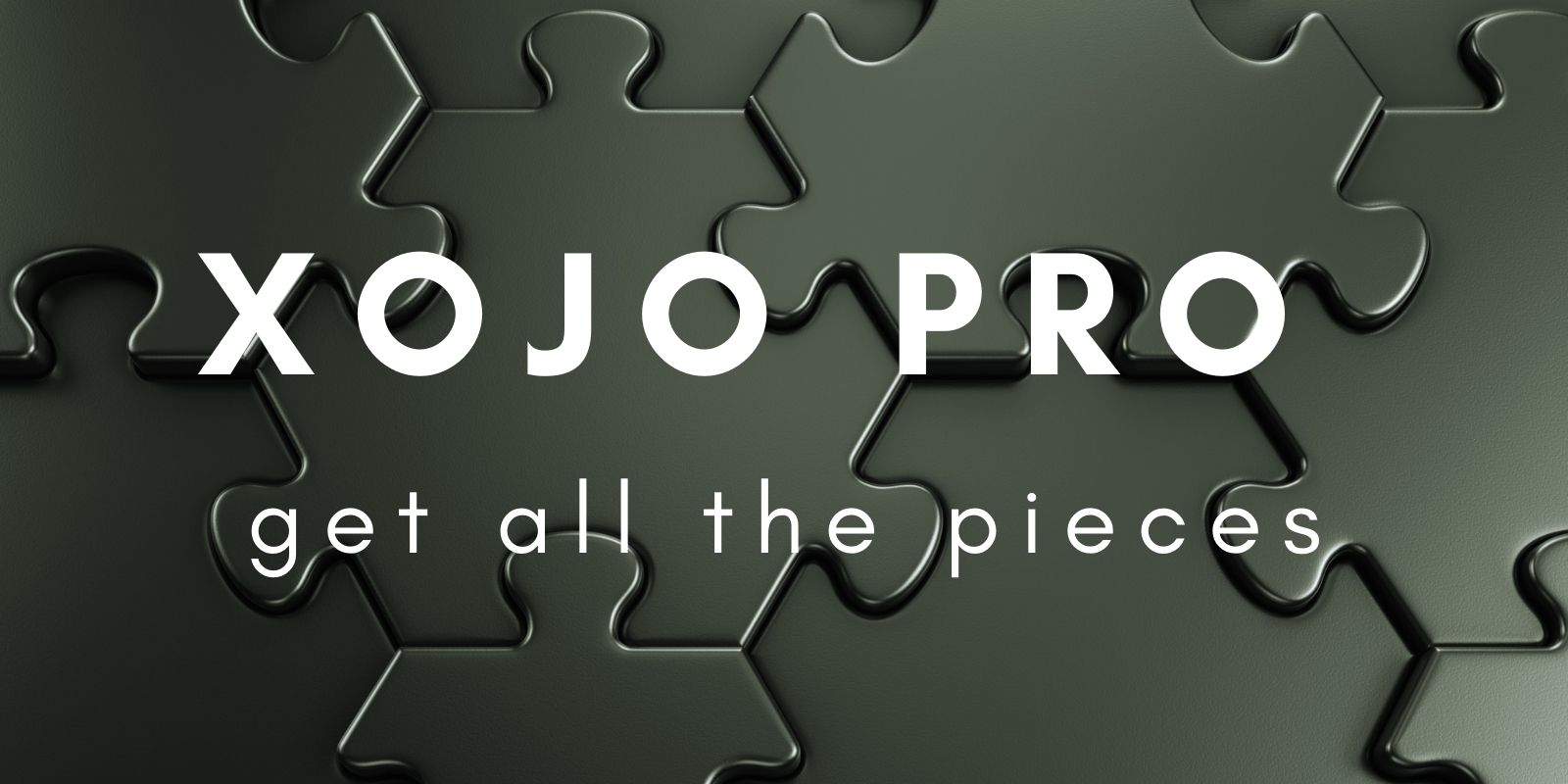Added to PDFDocument in Xojo 2021r3 is the ability to create PDF Forms (aka AcroForms) in your PDFs. This means that it is possible to add the following Form controls to a PDF: PDFButton, PDFTextField, PDFTextArea, PDFCheckBox, PDFRadioButton, PDFPopupMenu, PDFComboBox, PDFListBox
Comments closedTag: Multi-Platform Development
Our vision for Xojo has always been to make it fast and easy for people of varying programming skill levels to create applications. The primary…
Comments closedXojo 2021 Release 3 Xojo introduces a new set of Desktop controls. Each of these controls replaces its original control counterpart and is prefixed with Desktop. For example, Window is now DesktopWindow and TextField is now DesktopTextField. The driving logic behind these new controls is that they allow us to make their event names match the Web and Mobile versions. In addition, the new controls gave us the opportunity to make some other changes to various methods that would have been problematic to make in the existing controls. Desktop controls now are a much closer match in terms of API to their Web and Mobile equivalents. These new controls make more code work without changes when you move from one project type to another.
Comments closedSince its first appearance in Xojo 2020r1, one of the most demanded features for PDFDocument has been the ability to add Table Of Content entries. With Xojo 2021r3 that’s now possible, and pretty straightforward! Continue reading and I will show you how.
This tutorial will show you how to deploy your SQLite based projects so they behave right on Desktop, Web and iOS, copying the database file to the right place on every target.
Comments closedEarlier this year ago I wrote a post about using the SF Font symbols on macOS Picture.SystemImagein iOS apps. However that technique has some downsides. For one, the symbol glyphs are hardcoded, which means that it’s not possible to access the new symbols added to the SF Font by Apple. In addition, it isn’t possible to set the font weight and scale for the glyph. In this new post, I’ll show a more flexible way to work with these symbols on macOS 11+.
Like many Xojo developers, I often use virtual machines for testing. Over time the virtual machine disk files can get pretty large, even if you…
Comments closedWhether you are new to Xojo or looking to upgrade your existing licenses, Xojo Pro is the best way to take advantage of everything Xojo has to offer. Xojo Pro includes support for every platform – desktop, web, mobile and Pi.
Comments closedI’m happy to report that the Xojo engineers have overcome the hurdles that prevented building for macOS from Windows and Linux. The ability to cross-compile macOS apps from Windows and Linux will return in Xojo 2021r3.
Comments closedThere is something that is even better than using Cell Renderers from third parties- building them yourself. In this second part, you will learn how…
Comments closed
